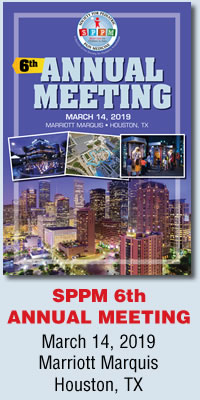Outpatient Opioid Prescriptions for Children and Opioid-Related Adverse Effects
Chung CP, Callahan ST, Cooper WO, et al. Pediatrics Aug 2018, 142 (2) e20172156
Reviewed by Sabine Kost-Byerly, MD
Director, Pediatric Pain Management,
Director, Multi-disciplinary Pediatric Pain Clinic, Kennedy Krieger Institute
Associate Professor of Anesthesiology and Critical Care Medicine,
Johns Hopkins University School of Medicine
Baltimore, Maryland
Information concerning opioid prescribing and potential adverse related effects is limited in pediatric outpatients. This study aimed to determine the prevalence of outpatient prescriptions for opioid analgesics, characterize the pediatric patients receiving such opioids, and estimate the incidence of opioid-related adverse effects with appropriate therapeutic use.
Methods
Data was collected retrospectively from the cohort of 2-17 year-old children enrolled for at least one year between 1999 and 2014 in the Tennessee state Medicaid. Cut-off for opioid-related adverse effects was 2011, to allow for medical record review. Patients with severe underlying conditions and evidence of substance use disorder were excluded. Opioid prescriptions were temporally associated with provided medical care. ED visits, hospitalization or death were required for inclusion of opioid-related events. Based on presenting symptoms, coded diagnosis, and intervention, events were considered probably or possibly opioid-related. Medical records were further assessed for severity of presentation and therapeutic versus non-therapeutic opioid use.
Results
An annual mean of 402K children were enrolled in TennCare. They received almost 1.4 million outpatient prescriptions for opioids (20% for age group 2-5 y, 28% for 6-11 y, 52% for 12-17 y). Mean annual prescription prevalence in adolescents at 22% was twice the one in younger children. Annual prescription prevalence declined after 2009 in all age groups. Dental procedures accounted for 1/3 of the prescriptions, followed by other outpatient procedures. Median opioid study exposure was 17 (3 current, 14 recent use) days. Adverse events were observed in 1:2611 opioid prescriptions. Such events were more common in the adolescent age group. They occurred more often within the first 3 days of therapy and with higher doses. In 2/3 of the events in all age groups opioids were taken as prescribed. In adolescents, adverse events more often required intervention and escalation of therapy; 25% of them were associated with substance use disorder or self-harm.
Conclusion
Pediatric patients without serious illnesses commonly receive outpatient prescriptions for opioids. Adverse events can be seen with therapeutic use of opioids. Adolescents may be at increased risk due to repeat exposure and additional non-therapeutic use. Limitations of the study included: single state database, retrospective nature, potential introduction of bias in definition of adverse-opioid related events (see also accompanying editorial by Drs. Krane, Weisman, and Walco)


